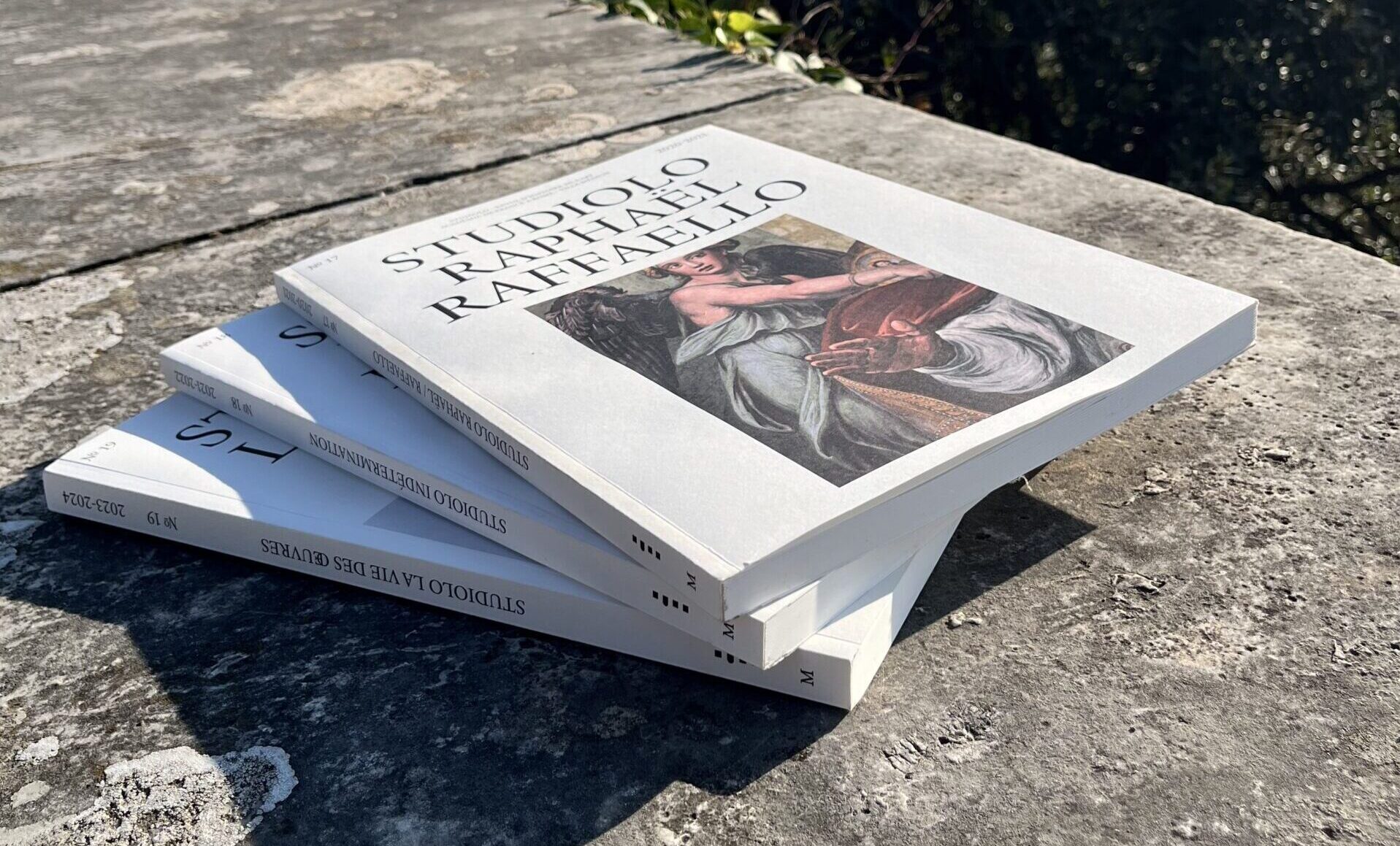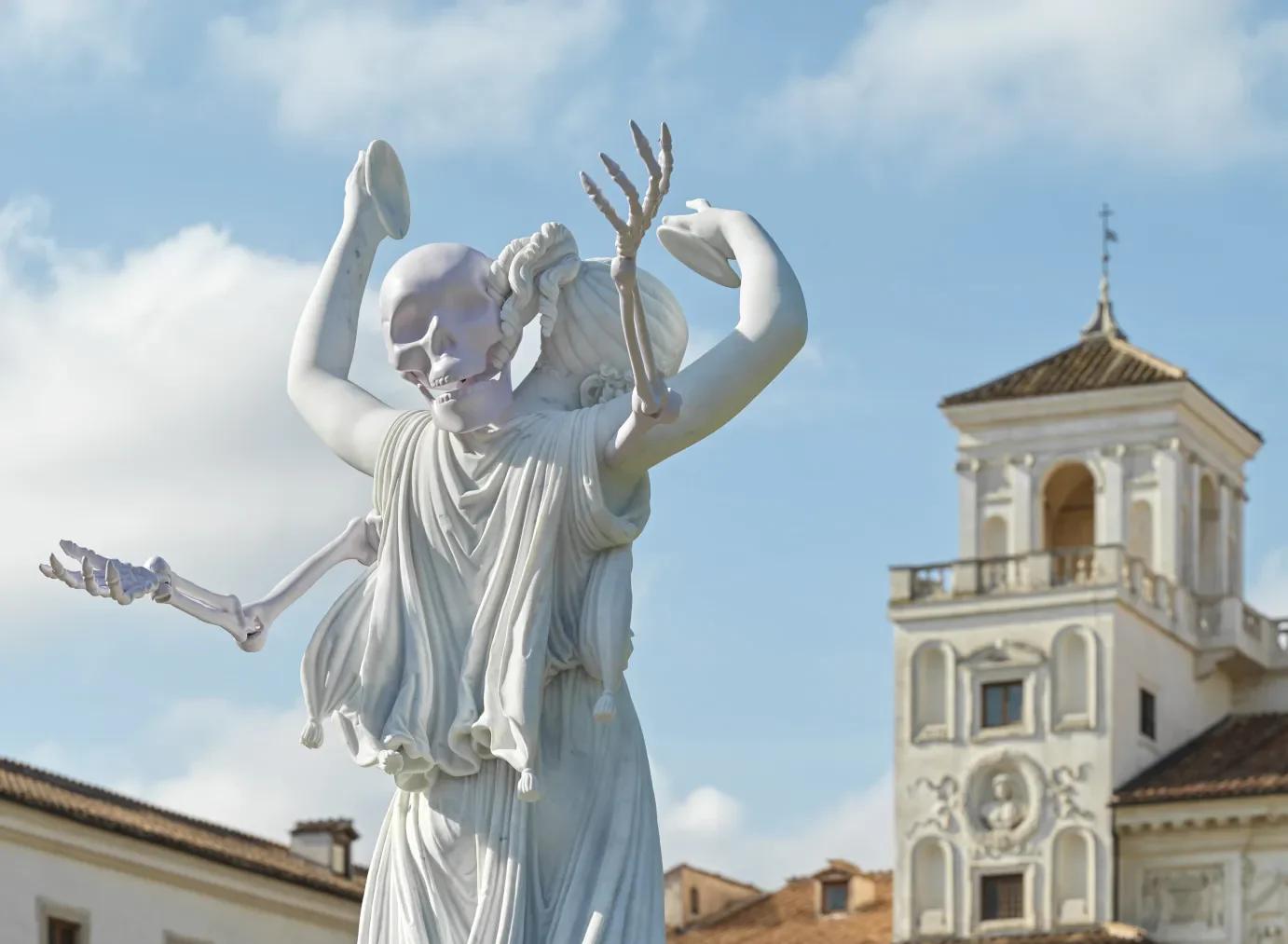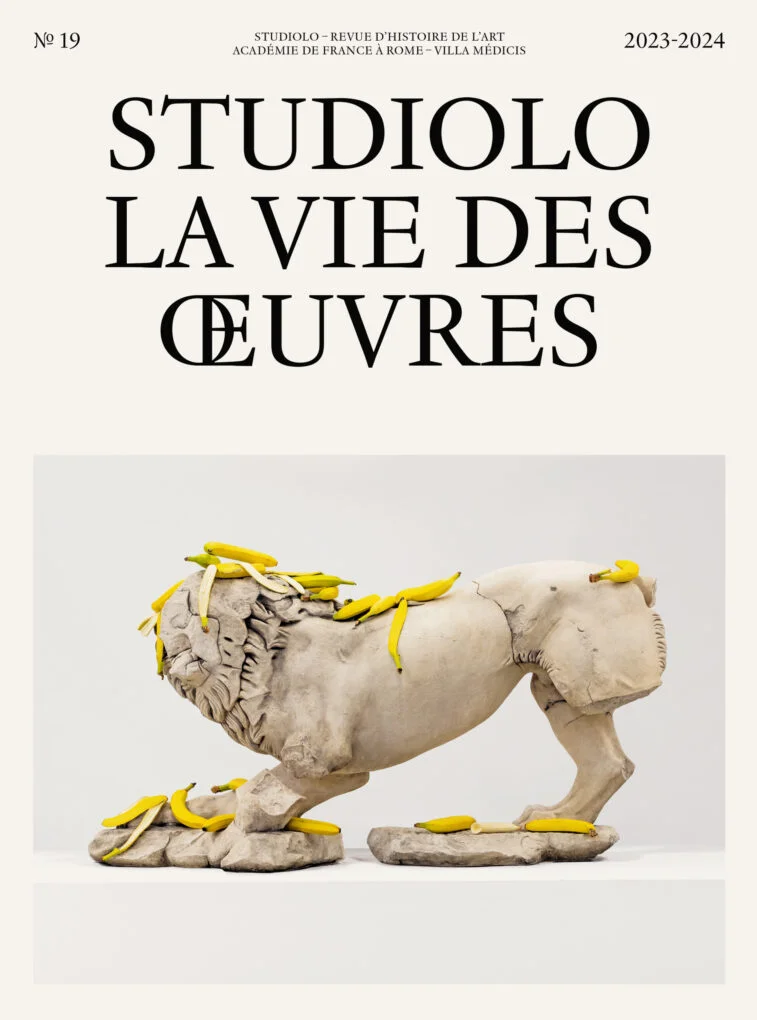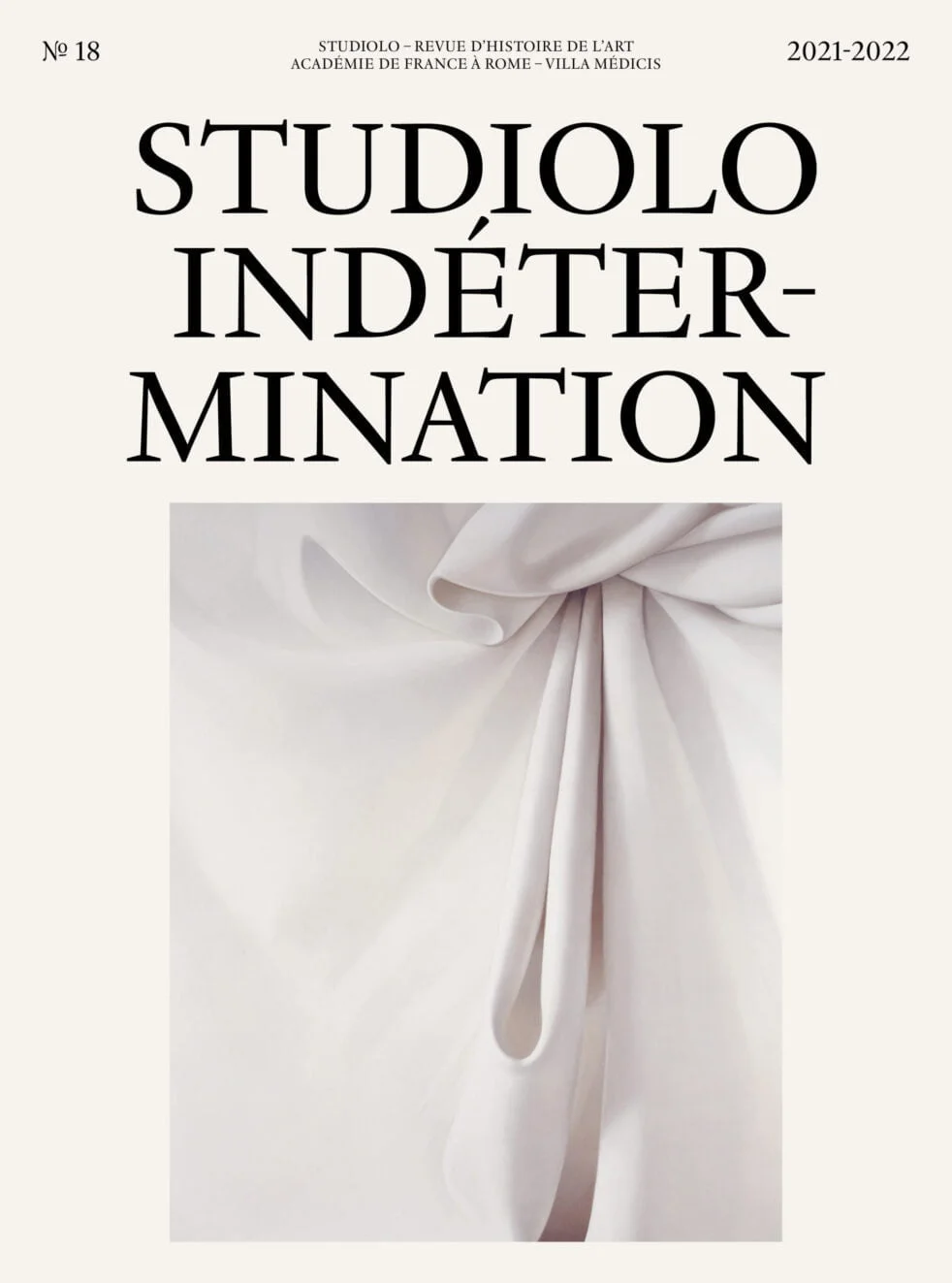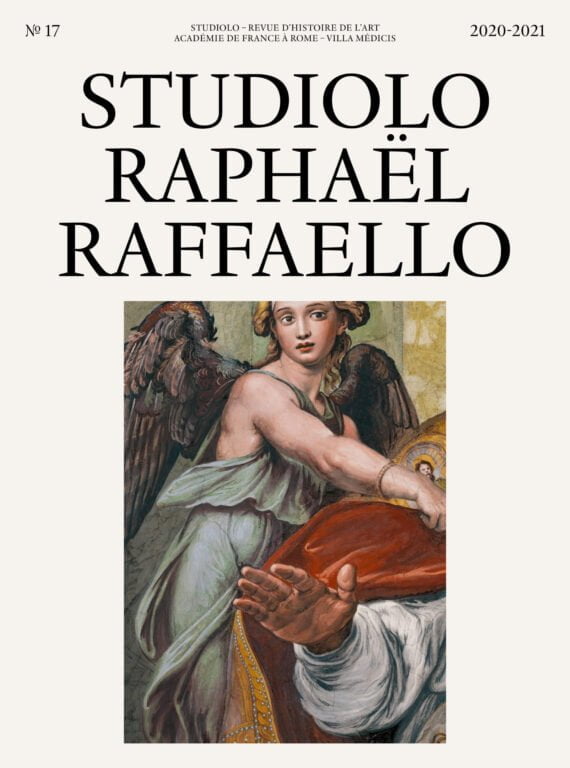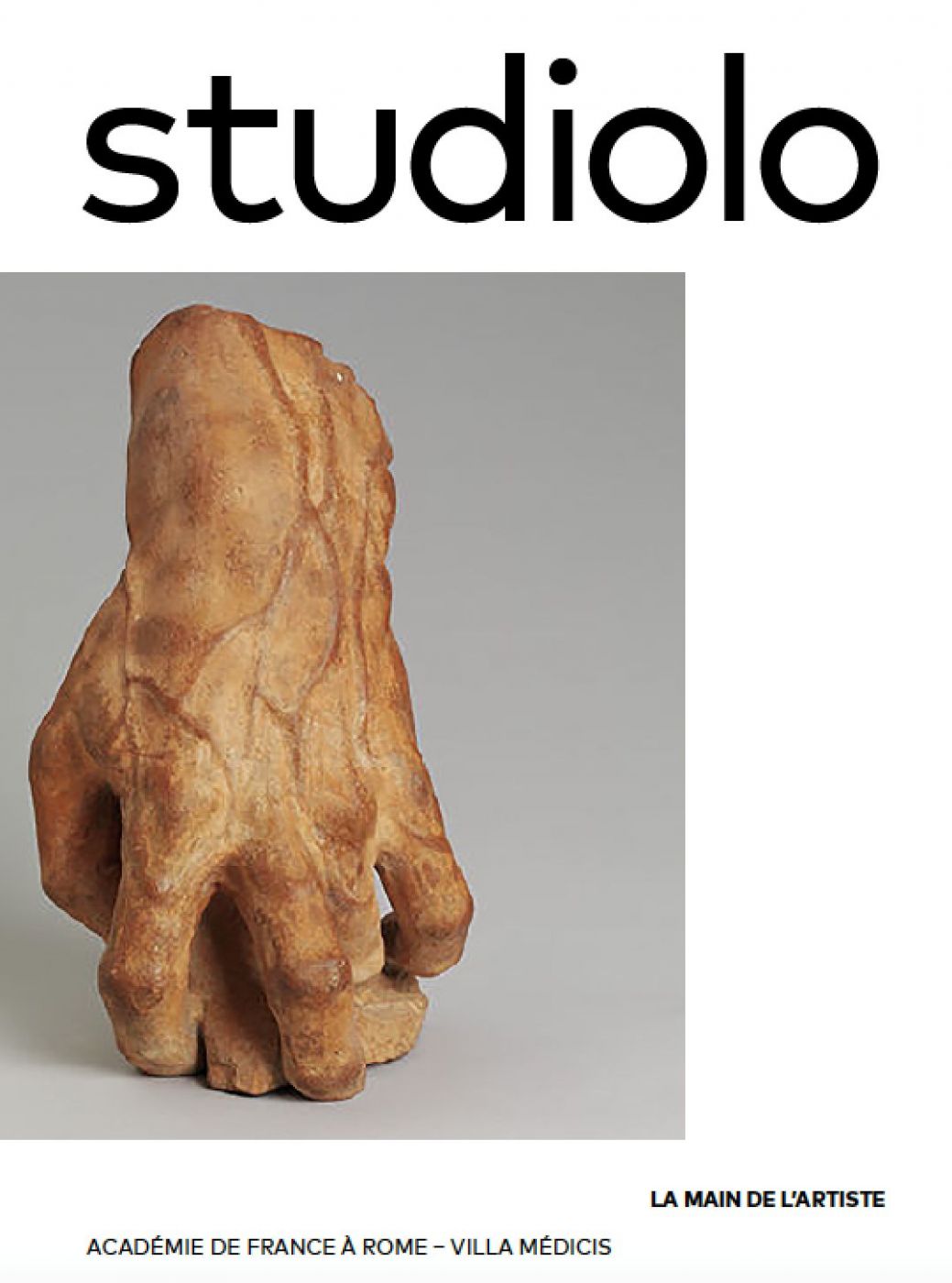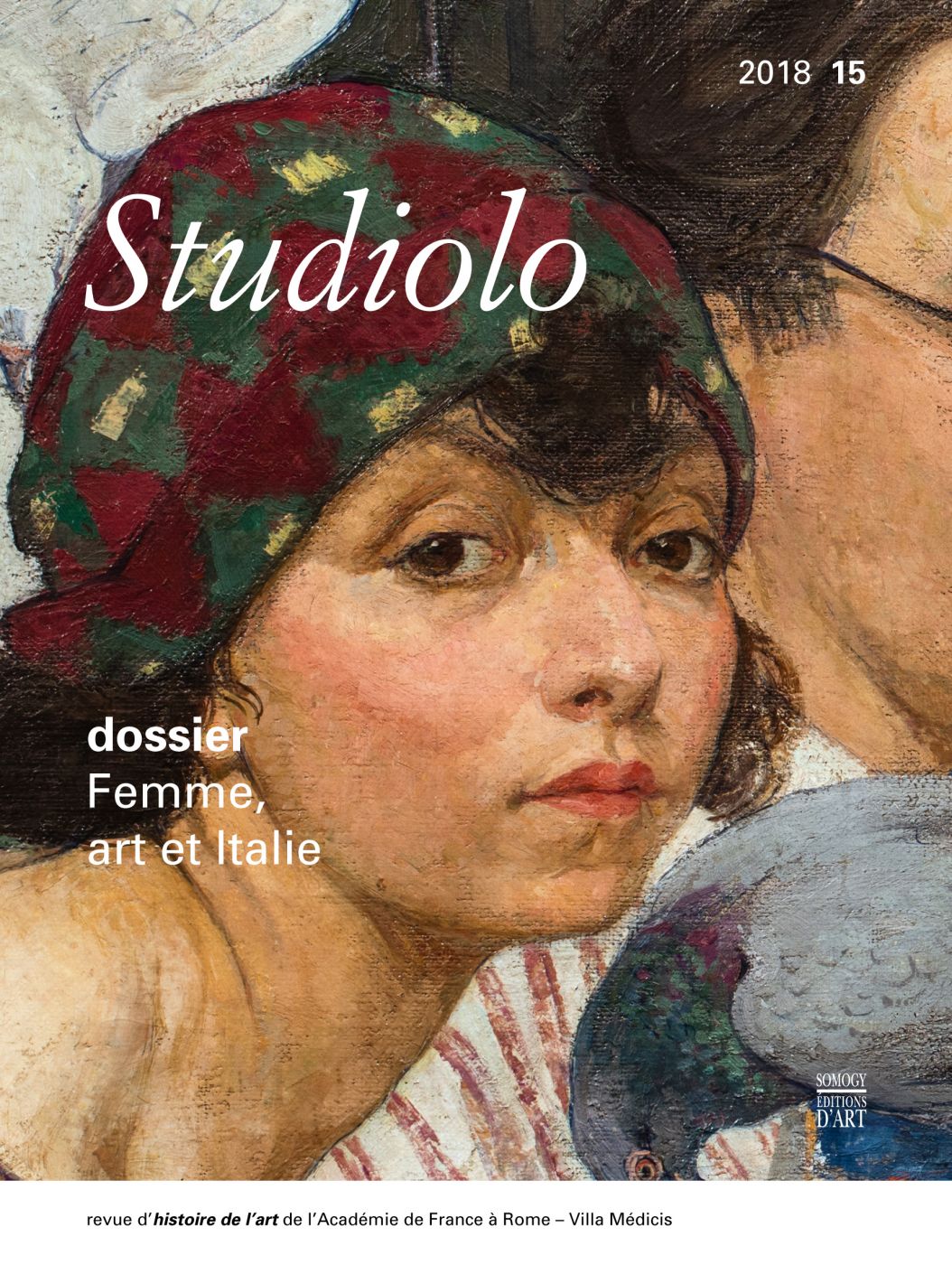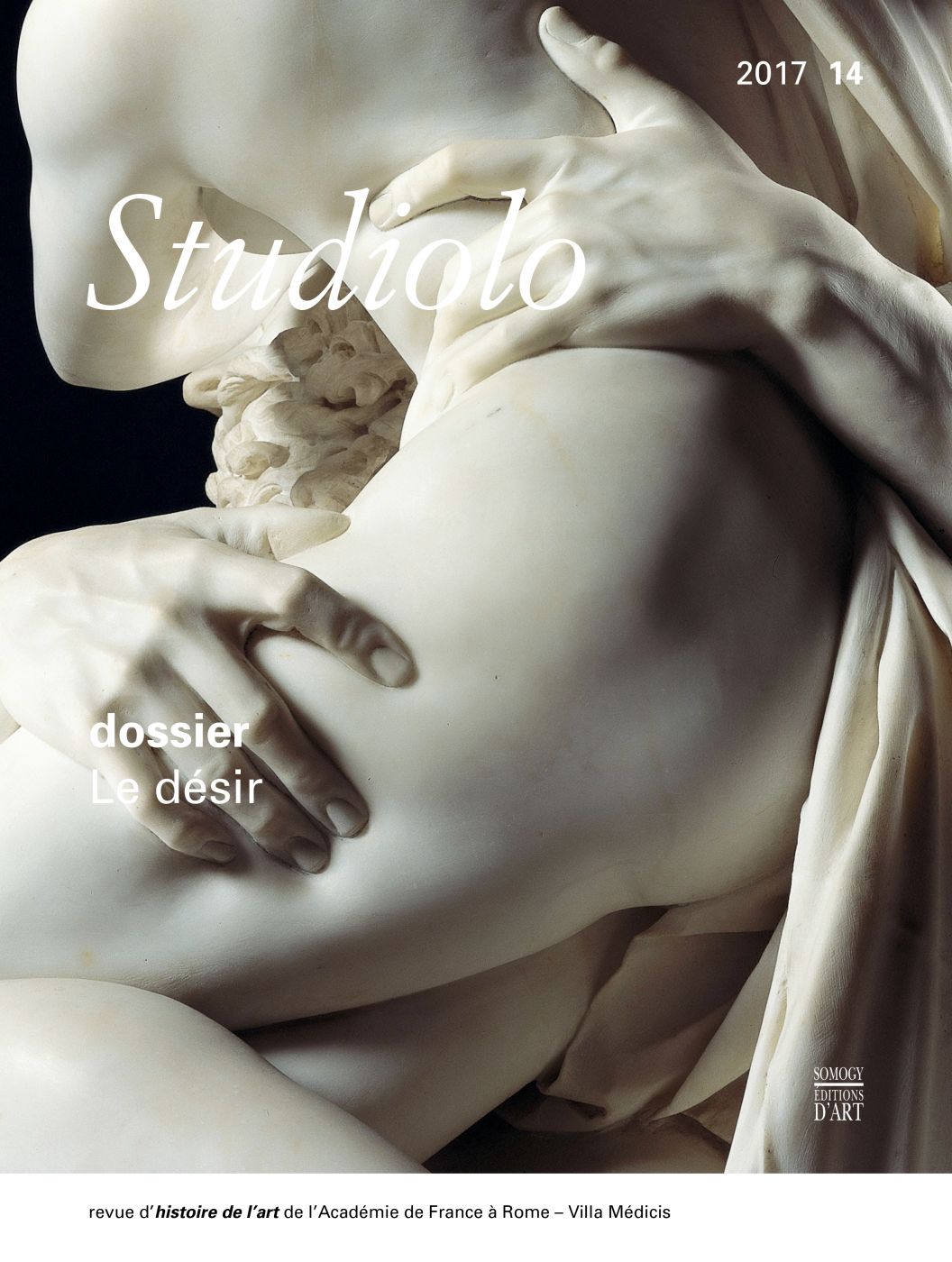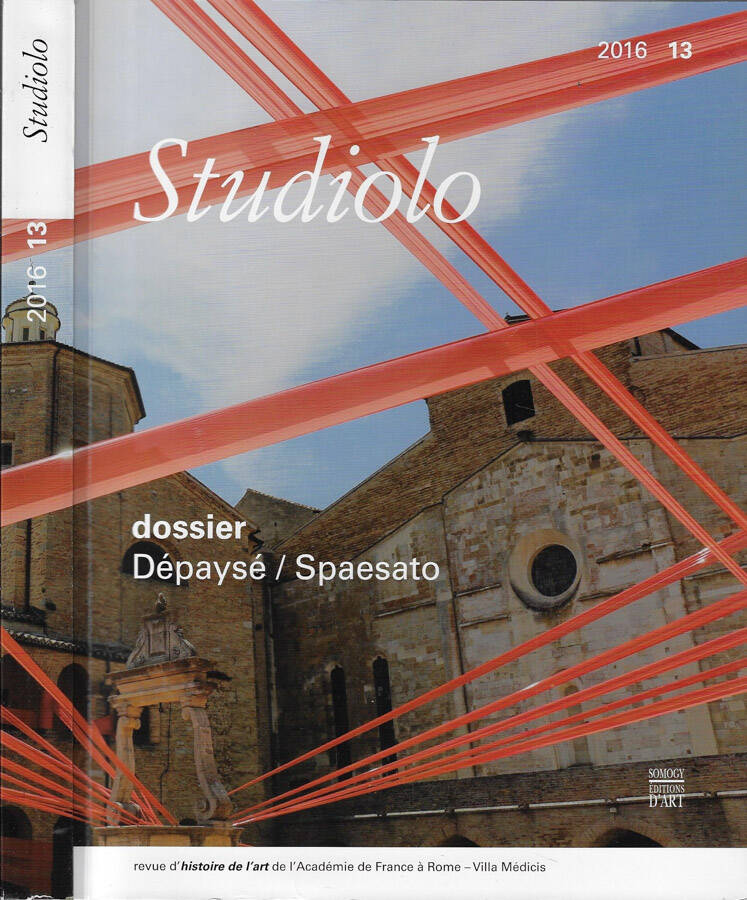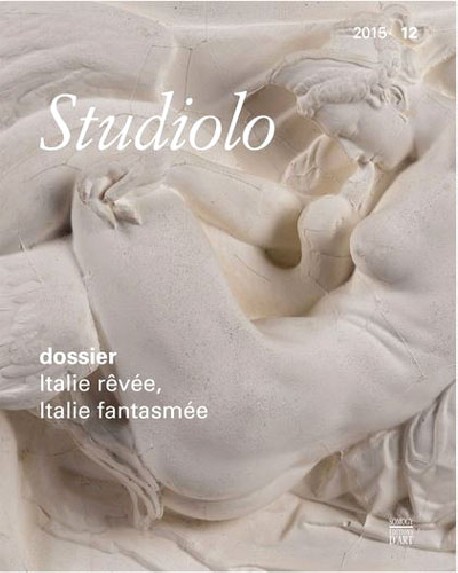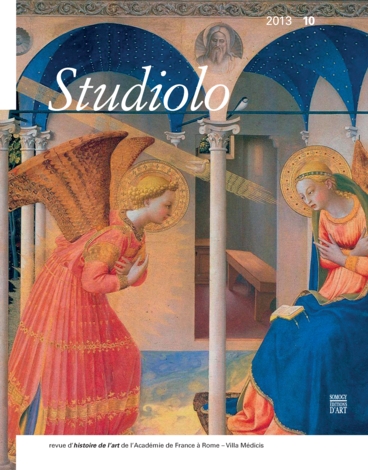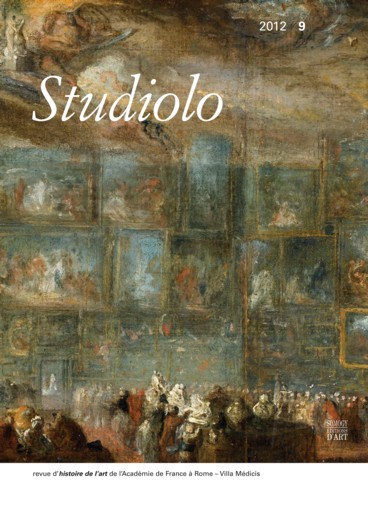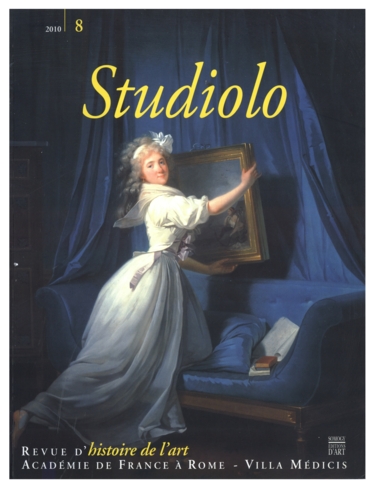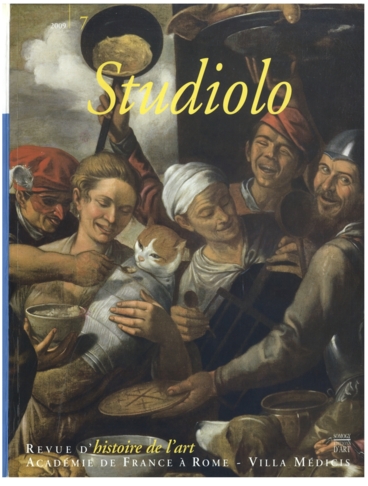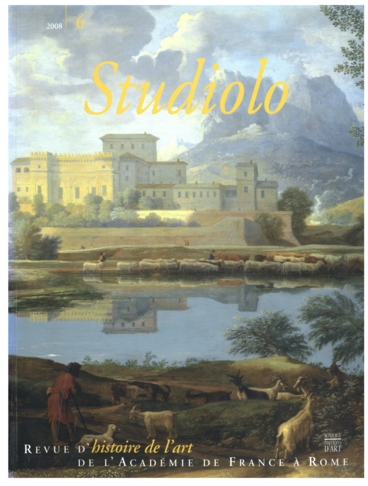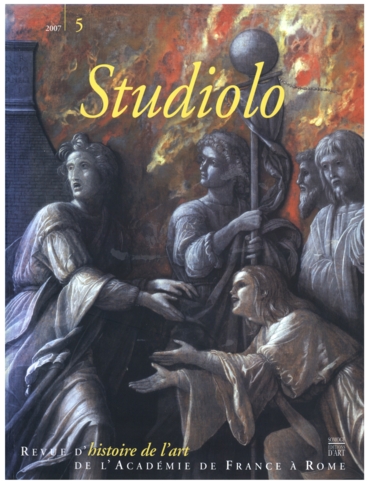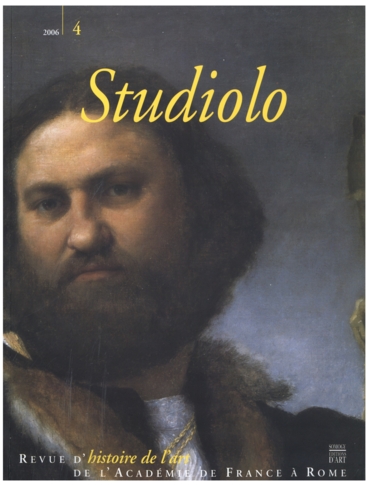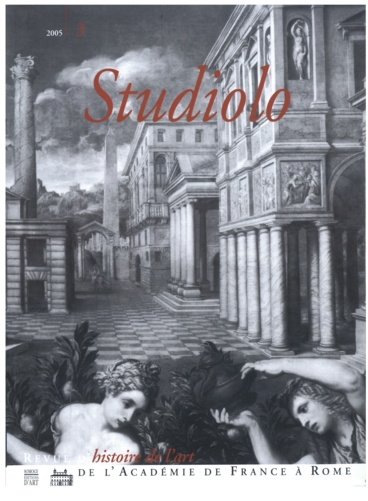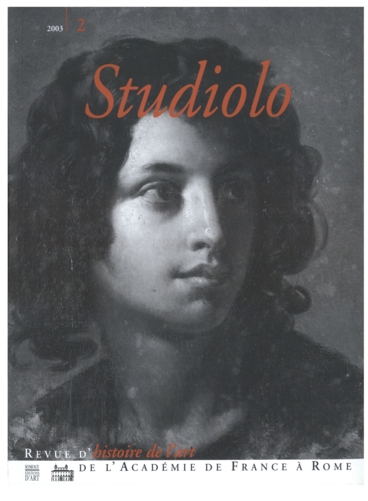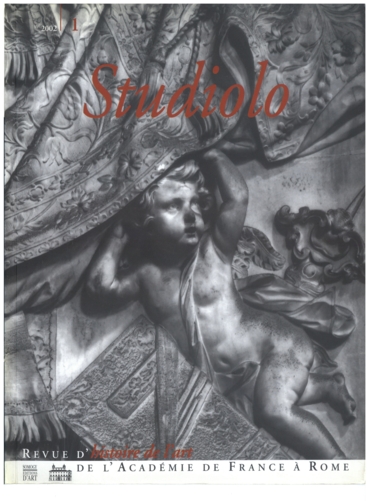Search
Studiolo n°11
Thinking fake
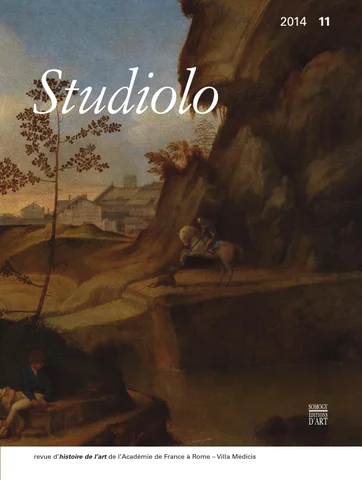
Art history
2014
Prices : 29€
This issue is also on sale at the Villa boutique.
To order previous issues, send an e-mail to: [email protected]
It’s only a short step from exercise to play, and from play to misappropriation. Copying, if done for comic or satirical purposes, can also lead to pastiche or parody. Counterfeits and forgeries, on the other hand, seek to pass for originality, often falsifying style and signature. How has artistic tradition gradually established the rules of authenticity, and what relationship have the notions of authenticity and originality maintained throughout history? When did the art of illusion become imposture? If the question of forgeries in art can lead to a study of the art market and the legal issues involved, to the biography of a forger or an expert, or to the reconstruction of the history of a famous forgery, the ambition of Studiolo 11’s dossier is to open the debate around notions that are essential to the historiography of art history and to the definition of the work of art, as much from the point of view of creation as from those of reception or attribution. Open to the most current research in art history, Studiolo focuses on exchanges, transfers and the interplay of influences in the arts between Italy and other nations, primarily France, from the Renaissance to the present day. The publication of texts in four languages (French, Italian, English and German) and the choice of authors, who come from all horizons – researchers, academics, art school professors, curators, art critics, independent curators – reflect a strong desire to cross approaches and methods. Each annual issue includes a special report, special features, a discussion section and news. Each year, the thematic dossier renews the issues dear to the editorial team. In champ libre , Studiolo gives the floor and opens its pages to the resident artists of the Académie de France à Rome – Villa Médicis. In each issue, they are invited to offer their own interpretation of the thematic dossier. In this way, the magazine reflects the singular alchemy of the Villa Medici, where contemporary creation and art history are mutually nourishing. The varia section publishes research of all kinds related to the founding perspective of the magazine. The debates section features articles on current art-historical research – exhibitions, symposia, seminars, databases, books and articles. In the news section, Studiolo provides an overview of Franco-Italian art-historical research, with a particular focus on research at the Académie de France. Restoration projects carried out at the Villa Medici are regularly presented and analyzed in the context of case studies, offering a corollary reflection on heritage management and museography methodologies.
328 pages - 195 illustrations
21.5 x 28.5 cm
ISBN 978-2-7572-0831-1
ISSN 1635-0871
